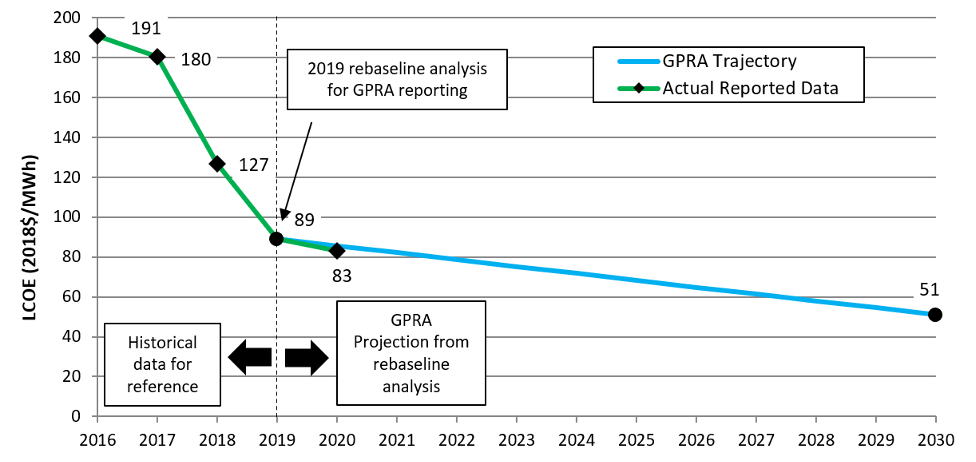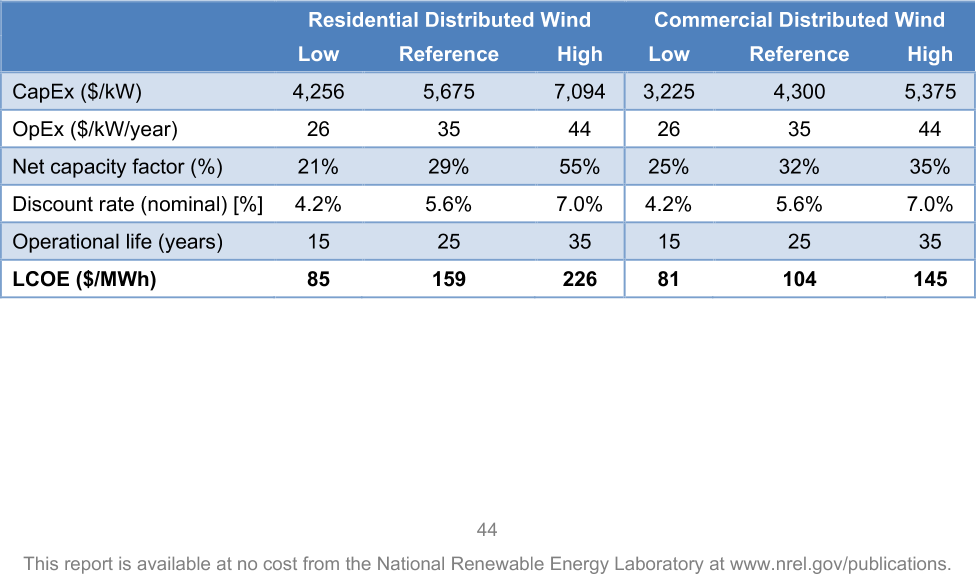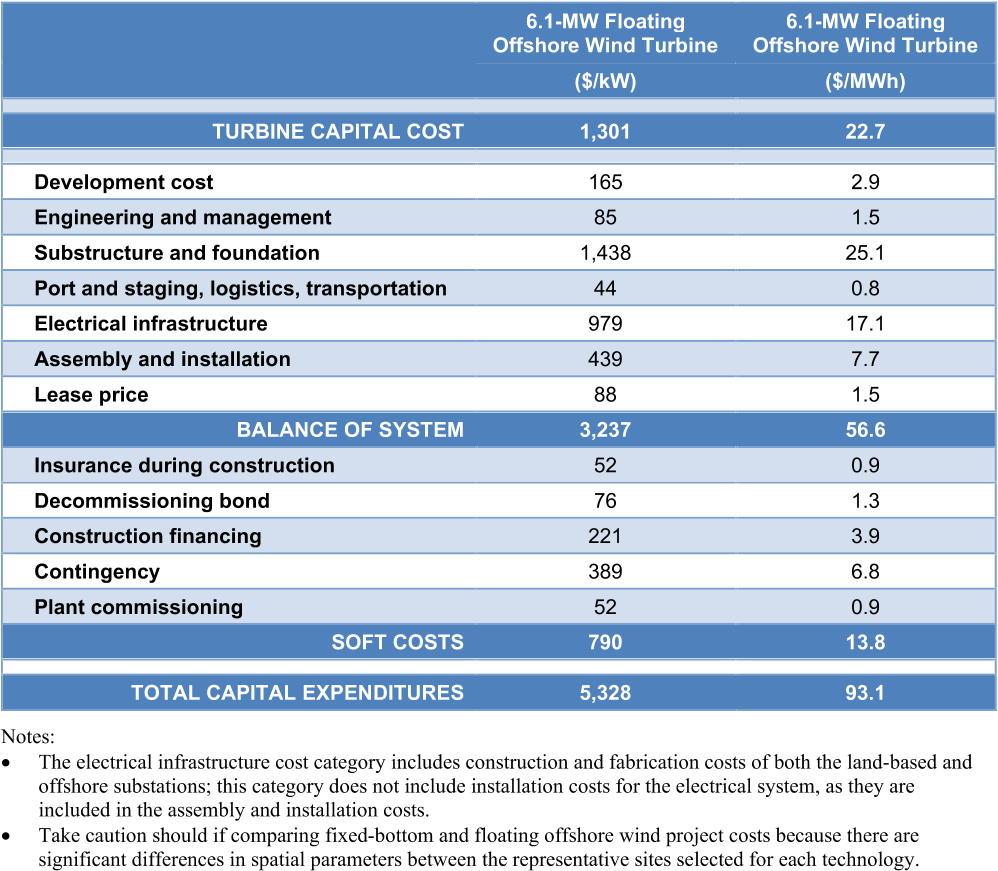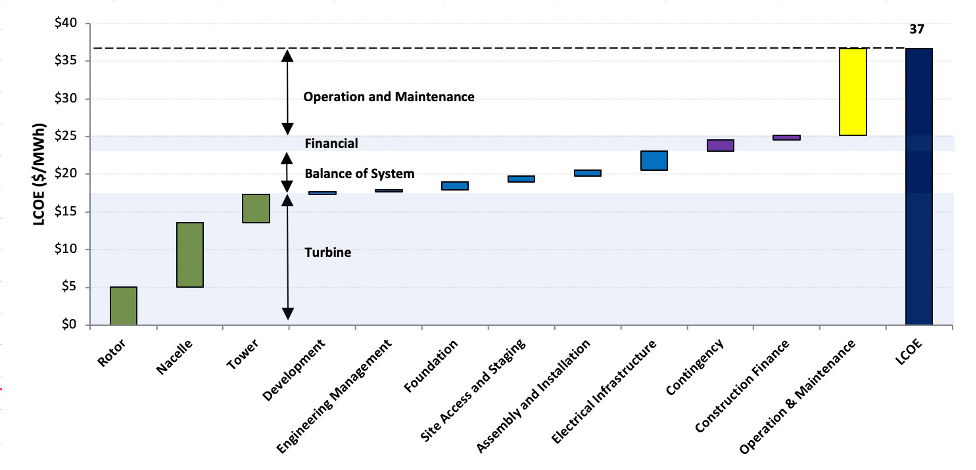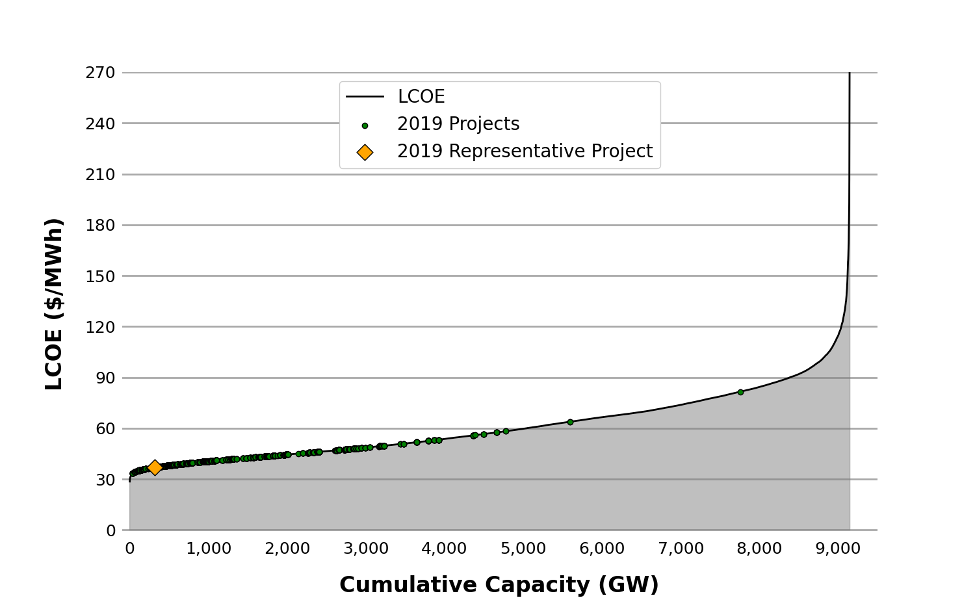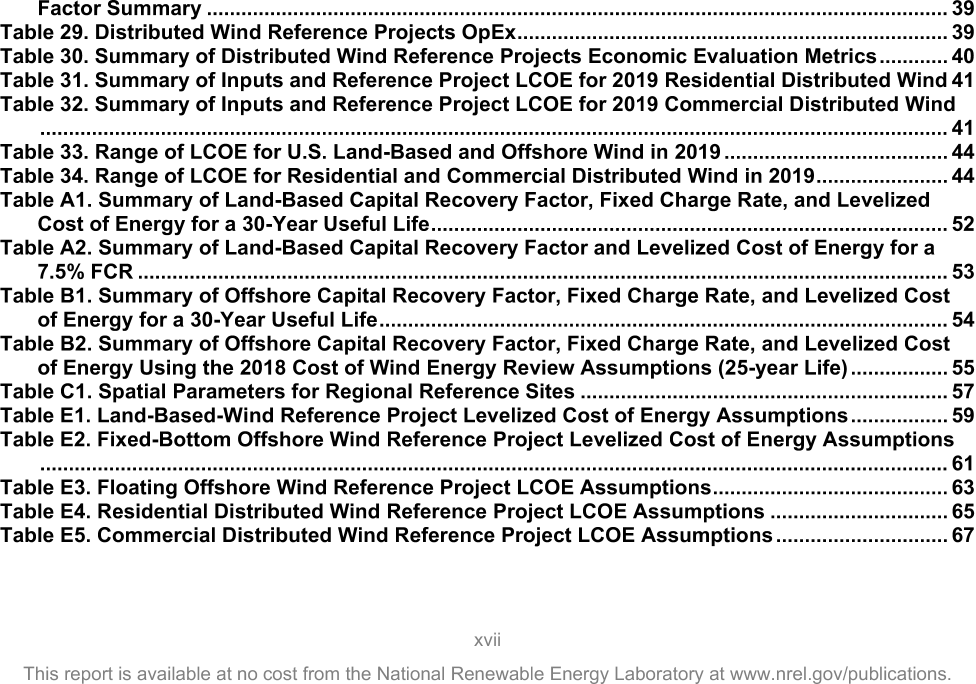Abstract: This manual is a guide for analyzing the economics of energy efficiency and renewable energy (EE) technologies and projects. It is intended (1) to help analysts determine the appropriate approach or type of analysis and the appropriate level of detail and (2) to assist EE analysts in completing consistent analyses using standard assumptions and bases, when appropriate. Included are analytical techniques that are commonly required for the economic analysis of EE technologies and projects. The manual consists of six sections: Introduction, Fundamentals, Selection Criteria Guide, Economic Measures, Special Considerations for Conservation and Renewable Energy Systems, and References. A glossary and eight appendices are also included. Each section has a brief introductory statement, a presentation of necessary formulae, a discussion, and when appropriate, examples and descriptions of data and data availability. The objective of an economic analysis is to provide the information needed to make a judgment or a decision. The most complete analysis of an investment in a technology or a project requires the analysis of each year of the life of the investment, taking into account relevant direct costs, indirect and overhead costs, taxes, and returns on investment, plus any externalities, such as environmental impacts, that are relevant to the decision to be made. However, it is important to consider the purpose and scope of a particular analysis at the outset because this will prescribe the course to follow. The perspective of the analysis is important, often dictating the approach to be used. Also, the ultimate use of the results of an analysis will influence the level of detail undertaken. The decision-making criteria of the potential investor must also be considered.






